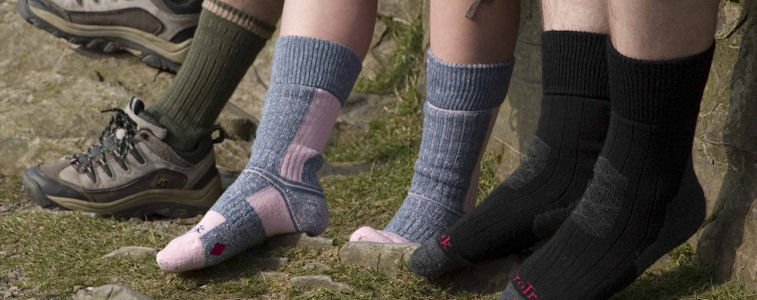 Travel Tips: Choosing the Correct Socks for Travel
Travel Tips: Choosing the Correct Socks for Travel
The poor lowly sock doesn’t get discussed or promoted much in the travel industry. People are generally more interested in talking about their backpacks, outdoor gear, clothes, tents & sleeping bags, camera equipment and electronics for their trips.
But socks are just as important a travel item as every other article. Particularly if you’re going to participate in any sports, outdoor activities, long flights or travel in especially cold or hot climates. In the tropics, for instance, choosing the correct socks for the climate can make a big difference in your comfort while traveling.
In addition to choosing the correct socks for your type of travel, it’s a good idea to decide where to buy them. If you’re heading to expensive destinations like Europe, New Zealand or North America, it’s a good idea to buy your travel socks beforehand.
But if you’re heading to developing countries and/or the tropics, you’ll find better sock purchases in the destination. They’ll be less expensive and they’ll also be made of fabrics and styles more suitable to the climate than what you’d probably get at home.
My own introduction to proper sock purchases for travel began when I took up back-packing in my 20s in the USA. By back-packing I’m not referring to the current international meaning of the word ‘budget world travel’. I mean the original American meaning of the word: going hiking into the wilderness for several days or weeks, taking everything with you that you need to survive. (Also known as trekking or tramping in other parts of the world.)
For wilderness backpacking it’s crucial that you wear the correct socks in order to avoid sore feet and potentially painful blisters. On such excursions you hike long distances for several hours per day for several days or weeks in a row. And you’re carrying heavy backpacks, which adds a lot of extra – and unnatural – weight on your body, all the way down to your hard-working feet.
The terrain & trails you walk on vary greatly but are usually uneven dirt or stone tracks with lots of bumps, stones, roots, holes and other uneven surfaces. Sometimes you walk across gravel-like conditions, through rivers, across snow fields or glaciers. Between the long hours and distances, the rough trails and the extra weight, your poor feet take a beating.
For such conditions, you need, first of all, excellent quality sturdy hiking boots. Secondly, but equally important, you must wear the correct socks. They must be exactly the right size for your feet, not one inch too big or too small. Socks that are too big will quickly bunch up, causing great discomfort or, even worse, slide around inside your shoes causing blisters. Blisters are a big no no for wilderness hiking. Once they start, you could quickly end up in trouble.
The best system for back-packing socks is to wear two pair. The inner sock should be very thin, made of synthetic fabric for quick wicking of sweat. They must fit your feet perfectly. The outer sock should be thick, good quality wool which adds padding to your poor, weighed-down feet and retains warmth in cold climates. Wool also retains warmth when wet, which is important for hiking since your feet are bound to sweat, you might end up walking in rain or having to fords streams with your shoes on.
I did a lot of wilderness trekking in my 20s and 30s. During that time I tried all kinds of hiking socks, so I found out the hard way how important it is to have 1. top quality and 2. correct fit. Don’t skimp on correct socks when wilderness hiking!
At the opposite extreme, in more recent years I’ve come to learn about the correct socks for tropical climates, where it’s hot and sticky all the time. The best socks I’ve found for this climate can be purchased in tropical countries. What works best are short anklet socks made of synthetic fabrics, which wick away sweat and moisture.
Basically I prefer to minimize my sock ‘size’ in the tropics, even for hiking. Any sock that goes above the ankle is going to be too hot. And forget long socks – not only are they much too hot, they look absolutely retarded with shorts and short skirts & dresses. Lol
However, I have learned to keep one or two pair of long socks on hand for various cold temperature situations in the tropics. Buses, trains, airplanes, shopping malls and cinemas all tend to run very cold a/c, at least in SE Asia. I’m always grateful to pull out my spare pair of long socks when I go watch a movie or take a long-distance bus, train or plane. I do not enjoy having cold ankles!
In any event, these two very different cases illustrate the importance of sock selection for travel. Don’t just throw any old socks you have on hand into your suitcase at the last minute because you didn’t take time to consider which socks you need for your trip.
While preparing your travels set aside some time to consider which socks you should take along. If you don’t have what you need, be sure to get the proper ones. You’ll thank yourself once you’re out on the road.
——————————————————————————————————————————–
You might also enjoy:
Hiking Dragon’s Backbone in Malaysia
Annapurna Circuit Trek in Nepal
———————————————————————————————————————————






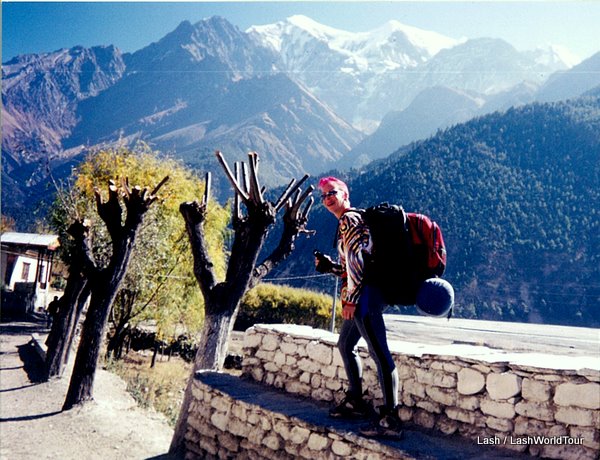
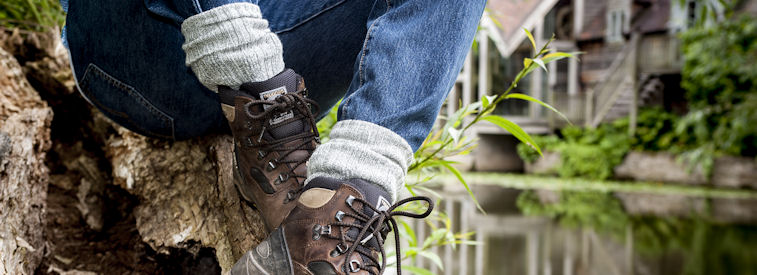
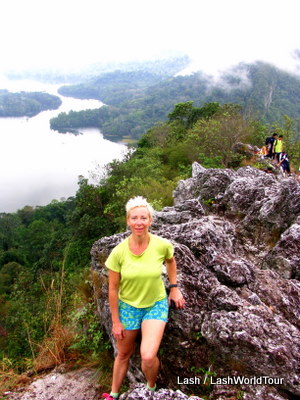



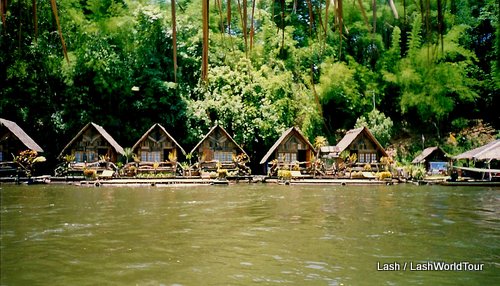

 Hi! I'm Lash, an American nomadic world traveler who's been traveling solo since 1998. I’m passionate about traveling the world nomadically and then sharing it all with you. I hope to inspire you to travel the world, to entertain you with tales from the road, and to help you reach your travel dreams. Welcome!
Hi! I'm Lash, an American nomadic world traveler who's been traveling solo since 1998. I’m passionate about traveling the world nomadically and then sharing it all with you. I hope to inspire you to travel the world, to entertain you with tales from the road, and to help you reach your travel dreams. Welcome! 



